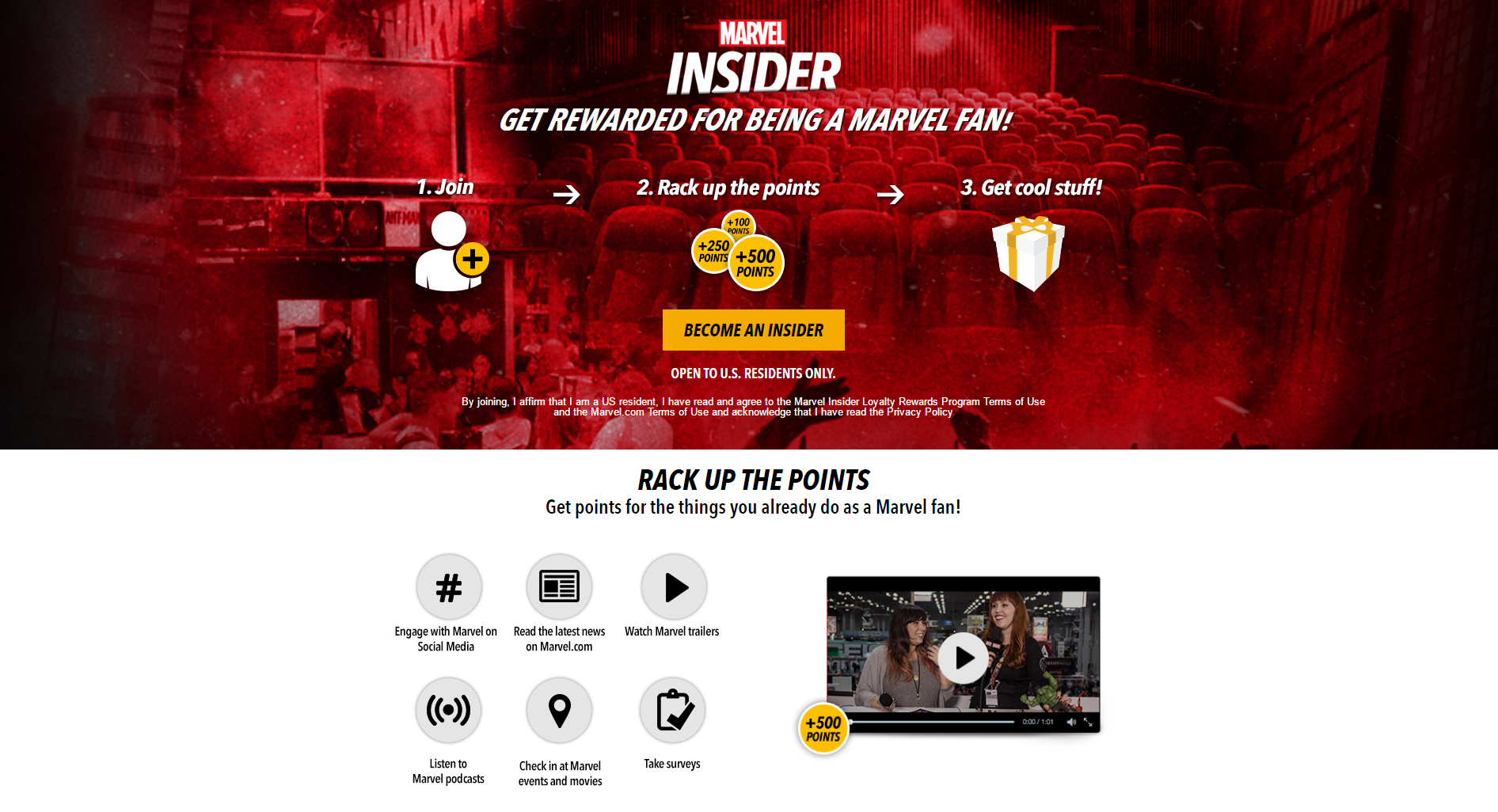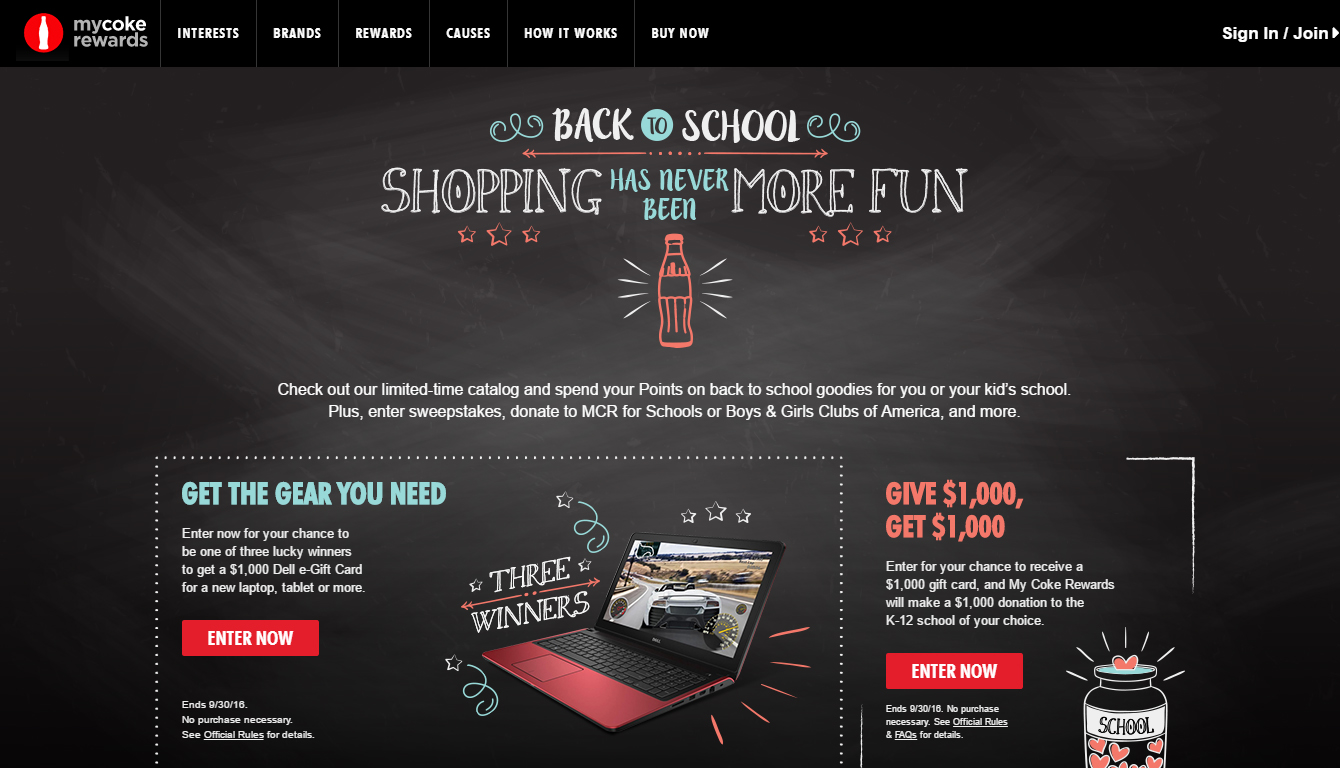
What Millennials Are Looking For In A Loyalty Program
According to Consumer Insights, customers aged between 17-34 will spend $200 billion annually from 2017 forward. And their buying power will keep increasing constantly. This forecast provides eCommerce companies with a reasonable argument for investing in their loyalty programs. This good ol’ stat also supports this fact: it costs a business 5-10x more to acquire new customers than to keep existing ones. But what kind of loyalty program can encourage millennials to stay? How do their expectations differ from those of other generations when it comes to their choice of loyalty program they? I looked at three great loyalty programs targeted at millennials to find out.
Millennials want brands to reflect on their personalities
Loyalty needs to be fun. At least, 60% of millennials think so. But besides being funny and entertaining, millennials expect brands to know them well. So if nothing else, know what they like, how they speak, and what the values that they treasure in their lives are. Of course, their list of needs does not end there. By purchasing a product, millennials also want to belong to a community. So how can a loyalty program address all of these needs?
First, a loyalty program should reward the activities that millennials love to do. Watching videos, posting to Instagram, sharing pages on social, using mobile or leaving product reviews are perfect examples. Modern loyalty programs are able to reward these online activities for them by wiring the program’s reward mechanism into the apps, devices, and channels, that millennials use.
Second, the wording of the loyalty program e.g. its name, and the name of the loyalty points that customers can collect should also be fun, and strengthen the feeling that there is community around the company. Teddy bears, bunny socks, stars, or macha burritos are all examples. Be creative, and come up with something fun that is also relevant to your business’ personality.

One of the best worded, community oriented rewards programs that launched in 2016 was Marvel Insider. This program is for comic book fans, and its wording – from the program’s name to everything else it entails – is just fun. They also let fans collect points for watching movie trailers, checking into Marvel events, taking surveys and listening to their podcasts. Awesome, right?
Millennials want status-based rewards instead of free products
After completing so many activities and engaging deeply with the brand through every channel they own, millennials want to be recognized for the time, work and, obviously, money they spent. For example, luxury brands noticed that by emphasizing to their customers that they can save money with their loyalty program they actually cheapen their brand presence. It didn’t increase the brand loyalty, on the contrary, it actually lowered it. Of course, for luxury brands, shoppers spending money is not a problem. Usually, their loyal customers can afford almost anything. But if we take money out of the equation, there are two things these shoppers value more than discounts: the first is, their status at the company. Second, the experiential rewards that strengthen their VIP feeling.
Prepare to be surprised: the aforementioned two things appeal exactly the same way to millennials as they do to luxury brand consumers. That’s why at Antavo, we always recommend our clients include customer levels – named in a fun way – into their loyalty programs. Just think about the video games where you beat monsters and collect treasures to unlock a higher level. Once you reach that higher level, more awesome rewards are unlocked for you. You kind of get addicted to this game mechanism, because it lets you experience a series of achievements. And how do experiential rewards come into the picture? In the form of VIP events, concert tickets and special services that hold exclusivity for your customers.

MLife Rewards is Las Vegas’ most famous Casino rewards program. In their program, they offer 5 customer tiers, each coupled with different kinds of experiential rewards e.g. personal holiday shoppers, priority hotel check-in line access and high-quality restaurant reservations.
Millennials want to stand next to causes they care about
Social causes are actually a great reason to buy. 39% of millennials are willing to do their research on sustainability efforts of companies before making their purchase.
Furthermore, Access Development found that 4 out of 5 millennial customers said that they are more likely to purchase from a company that supports a cause they care about.
See below, how MyCokeRewards meets this demand. During their back-to-school campaign this year, they announced a sweepstakes where participants could win a gift card worth $1,000. Besides the fun factor and buzz generated by this sweepstakes, participants could also choose a K-12 school that they wanted to support with the help of their company by donating $1,000 – literally, the same amount of money, that they could win. This step helped MyCokeRewards to encourage the participation of entire families, and collect data (by filling out a short survey to enter the sweepstakes) about how many children the participants have, what their ages are, and which school they want to support. This information is essential for Coca Cola to be able to create more personalized communication with their customers – which is another thing millennials desire. 80% of millennials said that a high level of personalization is among the top reasons why they switch to a different brand, after positive reviews and recommendations.

In the My Coke Rewards program, members can enter a sweepstakes to win a $1,000 gift card and donate the same amount of money to a school of their choosing!
It may sound like I’m generalizing on the ways to create a loyalty program targeted at millennials. The most important take-away for you after reading this post is that if you want to launch a loyalty program for your millennial customers, you should get to know them well first, and then you should design a loyalty program that satisfies their needs.
This is a Guest Post by Timi Garai. Timi has been the Marketing Manager at Antavo Loyalty Software for 3 years now, a true ecommerce & retail sleuth! Over the years she has researched the loyalty strategies of top ecommerce brands and retailers. Fun fact: in her free time, she blogs about manga and animé subculture.



